Contact Details

Tungaloy Corp. announced an expansion of the AH8000 series for heat-resistant alloy turning. This expansion adds a new positive insert line to the product family.
The new PVD grade, AH8000 series, was engineered specifically for turning heat-resistant alloys. Using a nano-multilayered AlTiN coating with high Al content, the new grade reduces notch wear, crater wear and built-up edge in machining heat-resistant alloys. The two grades include AH8015, the first choice for well-balanced wear and fracture resistance; and AH8005, with high hardness for strong wear resistance. These two grades are treated with PremiumTec: Tungaloy’s special surface treatment technology, which adds a highly polished cutting surface for extra stability and longer tool life.
With this new addition of a positive insert line, the AH8000 series now covers a wider application range in heat-resistant alloy turning, and in combination with the existing negative insert line, provide customers with a drastic increase in productivity.
Related Glossary Terms
- alloys
alloys
Substances having metallic properties and being composed of two or more chemical elements of which at least one is a metal.
- built-up edge ( BUE)
built-up edge ( BUE)
1. Permanently damaging a metal by heating to cause either incipient melting or intergranular oxidation. 2. In grinding, getting the workpiece hot enough to cause discoloration or to change the microstructure by tempering or hardening.
- hardness
hardness
Hardness is a measure of the resistance of a material to surface indentation or abrasion. There is no absolute scale for hardness. In order to express hardness quantitatively, each type of test has its own scale, which defines hardness. Indentation hardness obtained through static methods is measured by Brinell, Rockwell, Vickers and Knoop tests. Hardness without indentation is measured by a dynamic method, known as the Scleroscope test.
- physical vapor deposition ( PVD)
physical vapor deposition ( PVD)
Tool-coating process performed at low temperature (500° C), compared to chemical vapor deposition (1,000° C). Employs electric field to generate necessary heat for depositing coating on a tool’s surface. See CVD, chemical vapor deposition.
- turning
turning
Workpiece is held in a chuck, mounted on a face plate or secured between centers and rotated while a cutting tool, normally a single-point tool, is fed into it along its periphery or across its end or face. Takes the form of straight turning (cutting along the periphery of the workpiece); taper turning (creating a taper); step turning (turning different-size diameters on the same work); chamfering (beveling an edge or shoulder); facing (cutting on an end); turning threads (usually external but can be internal); roughing (high-volume metal removal); and finishing (final light cuts). Performed on lathes, turning centers, chucking machines, automatic screw machines and similar machines.
- wear resistance
wear resistance
Ability of the tool to withstand stresses that cause it to wear during cutting; an attribute linked to alloy composition, base material, thermal conditions, type of tooling and operation and other variables.

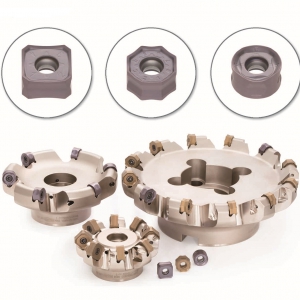
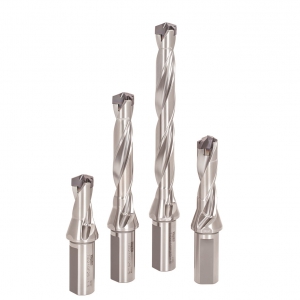
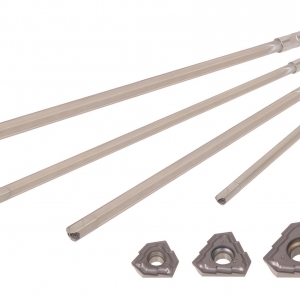

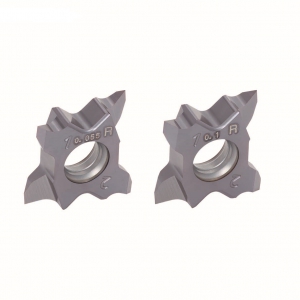



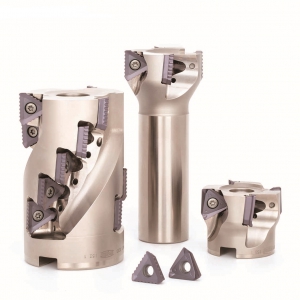
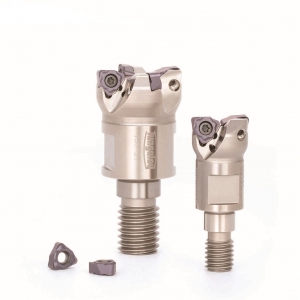
 PRODUCTS
PRODUCTS

